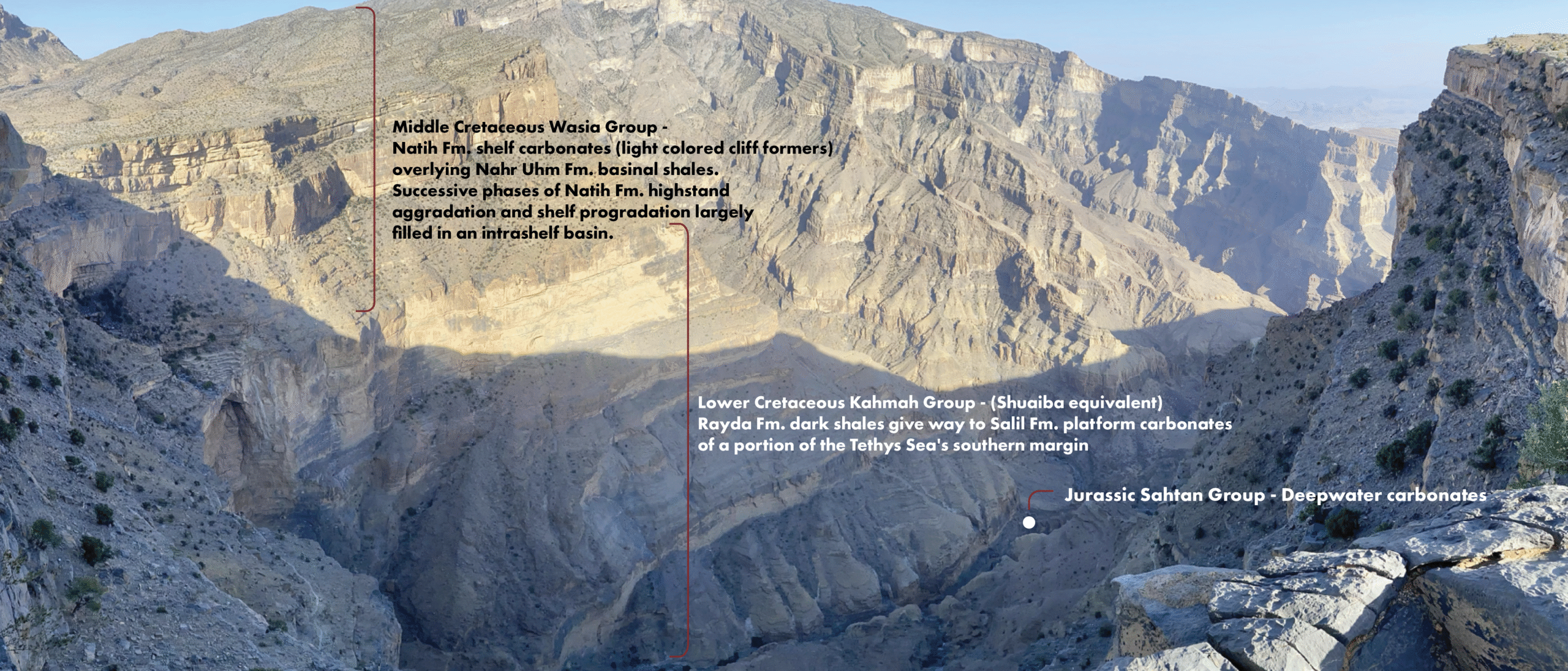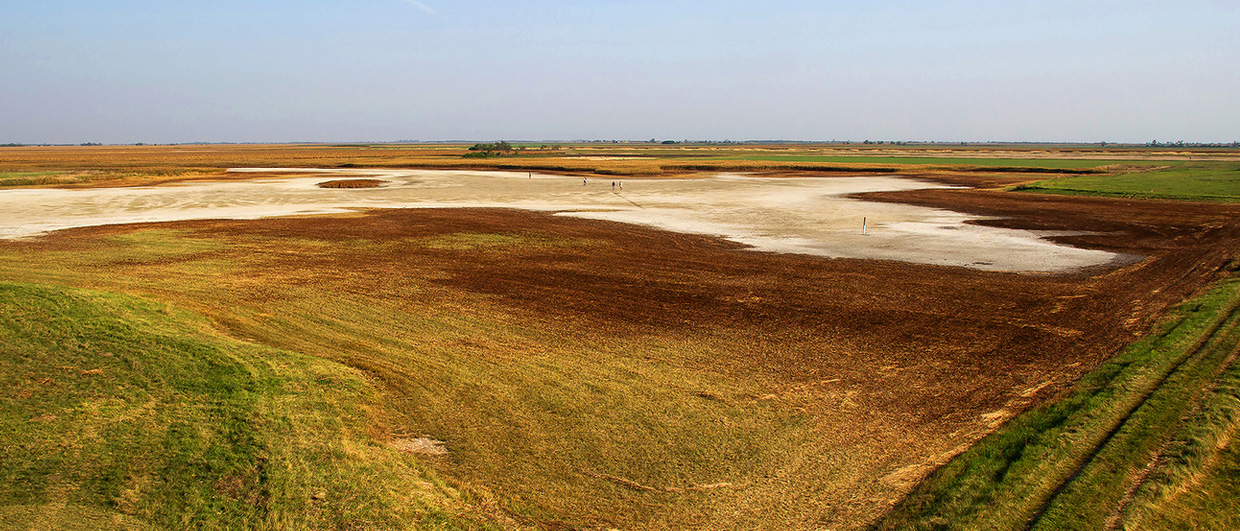At the time of writing, the world is enduring the effects of the Covid-19 pandemic, and the global economy is struggling. Nonetheless, we should look ahead to a brighter future and consider the role of geoscience once society returns to something resembling normality.
The start of the 21st century has seen unprecedented cultural and behavioural change as the energy transition accelerates. Geoscientists, who are fully committed to overcoming some of the societal and environmental challenges this raises, will see, in turn, a diversification of career opportunities as society and industry evolves. In addition to their domain expertise, geoscientists are typically skilled in problem solving, deductive thinking, data integration, and holistic approaches to assessing risk and uncertainty, as well as data visualisation in 3D and 4D. Consequently, they are well placed to help solve the energy and resource challenges of the future.
Prior to the pandemic dominating the news, environmental issues were being extensively reported, seldom placing geology-related extractive industries in a positive light. Consequently, there has been a dramatic decline in uptake of undergraduate geoscience courses. Many British universities are declaring a climate emergency, and encouraging geoscience departments to disassociate from relationships with extractive industries – particularly oil and gas.
This article examines the importance of geoscience to our changing society, and how the subject is evolving to meet the challenges created by economic and population growth, while society demands changes in our sources and use of energy and resources. We contend that the evolving role played by geoscientists will be vital to maintaining prosperity and sustainability.
The Energy Transition
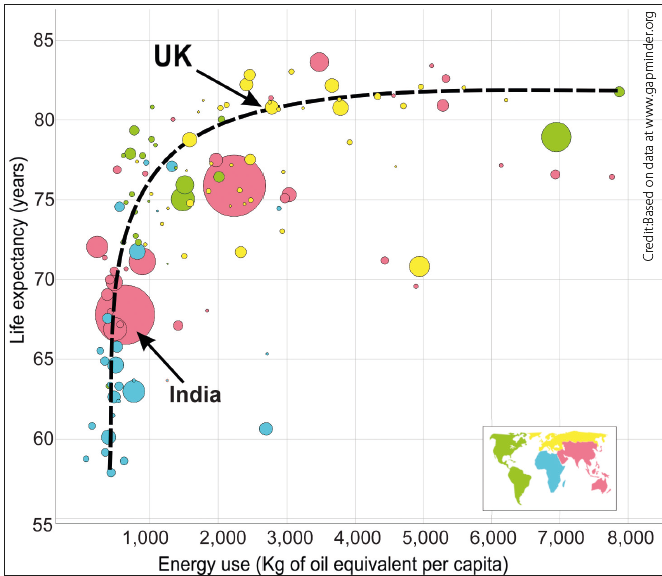
Access to affordable energy is essential for economic growth and social development, yet energy production and consumption generates about two-thirds of global greenhouse gas emissions. Without a paradigm shift in the efficiency of energy usage, a growing global population will inevitably consume more energy, as every nation seeks economic growth to ensure the prosperity and well- being of their citizens.
There is a clear link between energy consumption and life expectancy: compare, for example, the position of the UK to India in Figure 1. Globally, one billion people do not have access to electricity and three billion do not have clean fuels for cooking. This delivers a negative imbalance in both health and economic opportunity, especially for the female population in developing countries.
Population and economic growth will likely drive global energy demand growth in the developing world by around 50% by 2050, according to the Energy Information Administration (EIA).
The fundamental question is: how will the rising demand for energy be sourced while minimising, and preferably reducing, related impacts to climate change? Renewable energy sources will form an increasing proportion of the energy mix, especially as the price of their supply falls. The EIA forecasts that by 2050 renewables will be the single most important source of energy globally – but in pre-pandemic supply predictions almost all energy sources see rises in supply (Figure 2) so by 2050 global energy will be supplied in almost equal proportions of oil, gas, nuclear and renewables, with only coal reducing. This effect is seen even in scenarios that model a rapid transition to renewable sources. Hydrocarbon demand for petrochemicals — to make the materials to allow electric cars to be lighter and run further, for fertilisers, medicines, medical supplies and clothing feedstocks — shows no indication of being displaced.
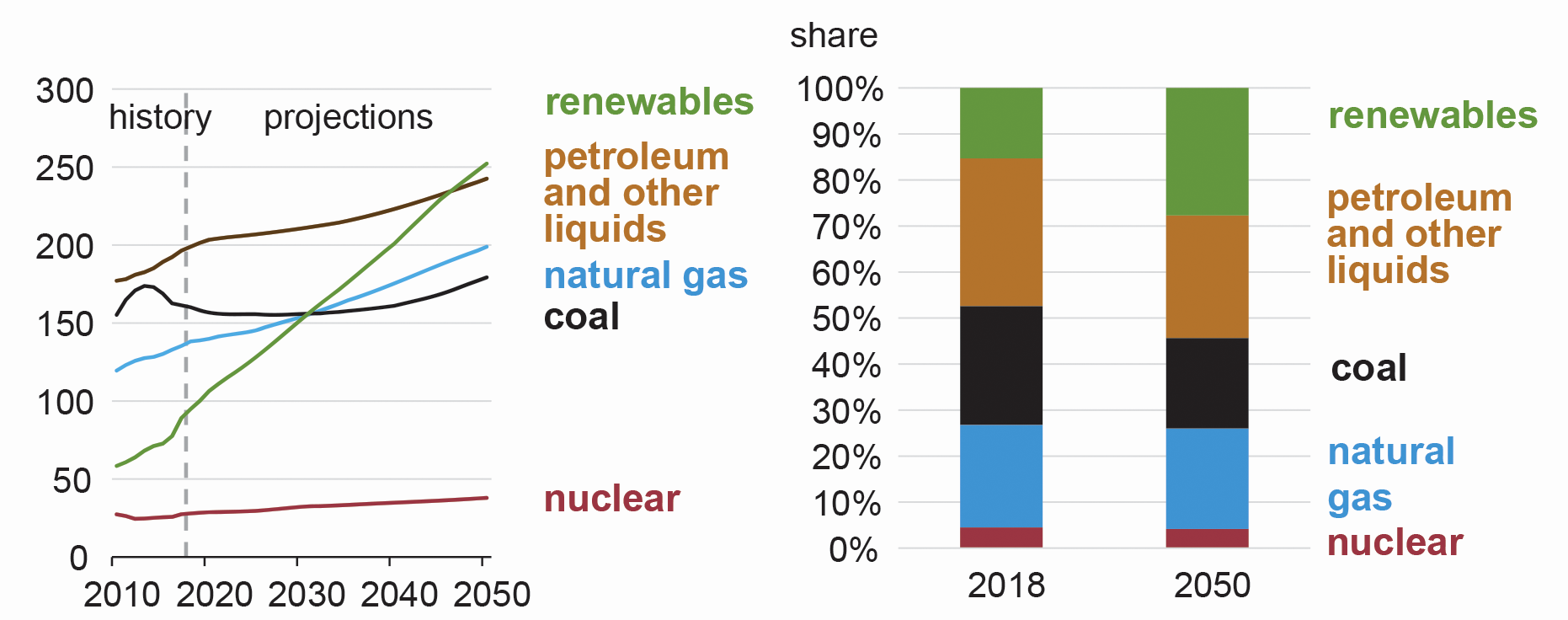
Why will the energy mix continue to be diverse over coming decades? Discussion of all the technological reasons for why renewables will not quickly, and totally, replace hydrocarbons as an energy source are beyond the scope of this brief article (see Mackay, 2009 for a comprehensive discussion). However, key issues relate to energy density (e.g. to power an aircraft engine, or industrial machinery), geopolitics the capital intensity of the energy system. Our infrastructure is dominated by machines and buildings that are relatively long-lived. New cars tend to be run for at least ten years before being changed, let alone scrapped, while power stations can operate for 30 years or more. This acts as a brake on the pace at which new sources of energy can displace the old.
Evolving Hydrocarbon Industry
Geoscientists working in the energy resource industries, especially oil and gas, face a challenge to be as responsible as possible in obtaining these resources. Across the industry, moves are underway to reduce the production carbon footprint and the methane intensity of operations, such as dedicated wind farms instead of sending electrical power from shore to run platforms.
Oil and gas exploration strategies are shifting from quantity to quality, with companies aiming to locate resources with the lowest carbon footprint and with minimum impurities (e.g. no H2S or low CO2 cuts) and selectively develop only the best.
Economic considerations and environmental factors are not incompatible. Wealth generated from the extraction of oil in a developing nation can help it achieve many of the UNESCO sustainable development goals. A far smaller carbon footprint can be seen in recent major discoveries off Guyana, for example, compared with large US onshore shale oil plays. The Guyanese Liza development will initially produce 120,000 bopd from only eight subsea production wells with a development capex of $3.2 billion, compared with the same production being achieved by over 1,000 wells with a development capex of $10.5 billion in the US Permian Basin.
A fundamental understanding of reservoirs and the overburden will only grow in importance in order to reduce well numbers by optimising placements and trajectories, and to ensure long-term production integrity.
The same geoscience skill-set will also contribute to carbon neutrality targets. Carbon capture and underground storage is entering prime time and will only grow in importance. Secure storage will require geoscientists who can locate and model suitable subsurface repositories for CO2, and model the behaviour of CO2 injected into those repositories, and who can undertake ongoing monitoring of the subsurface. The hydrocarbon industry has long injected CO2 into the subsurface to enhance oil recovery and has a good understanding of the processes involved.
As oil and gas operators transition into energy companies, many are increasing their investment in wind power. Determining the appropriate location for wind farms requires an analysis of numerous factors, but understanding soil variability and implications to foundation design is a key concern. In the North Sea and offshore New England in the US, for example, the considerable variability of shallow sediments resulting from Quaternary glaciations is a key issue, including technical challenges associated with a buried landscape of glacial and fluvial channels and thrusted moraine complexes.
Geothermal energy is another potential geoscience growth area. Once suitable locations have been identified, such as areas of elevated heat flow and coal mine-related geothermal sites, the behaviour of water injected into permeable layers requires a sound understanding of the subsurface.
An Insatiable Appetite for Resources?
What about geoscientists working in extractive industries outside of the energy sector? Global society’s relentless appetite for technology places a heavy demand on minerals, especially metal ores. Moreover, the energy transition and renewable energy technology places a heavy demand on silver, cobalt, lithium carbonate, copper and various rare earth metals such as neodymium (Figure 3). A leading group of academics within SoS MinErals, an interdisciplinary programme of research, estimated that over 200,000 tonnes of cobalt will be needed to make all UK cars and vans (not including goods vehicles) electric by 2050, and powered purely by battery by 2035. This is twice the current annual global production. Similarly, 2.5 million tonnes of copper will be required, half the annual global production. If these figures are scaled-up globally, the metal resource demand to support renewable energy is, at the risk of understatement, spectacular!
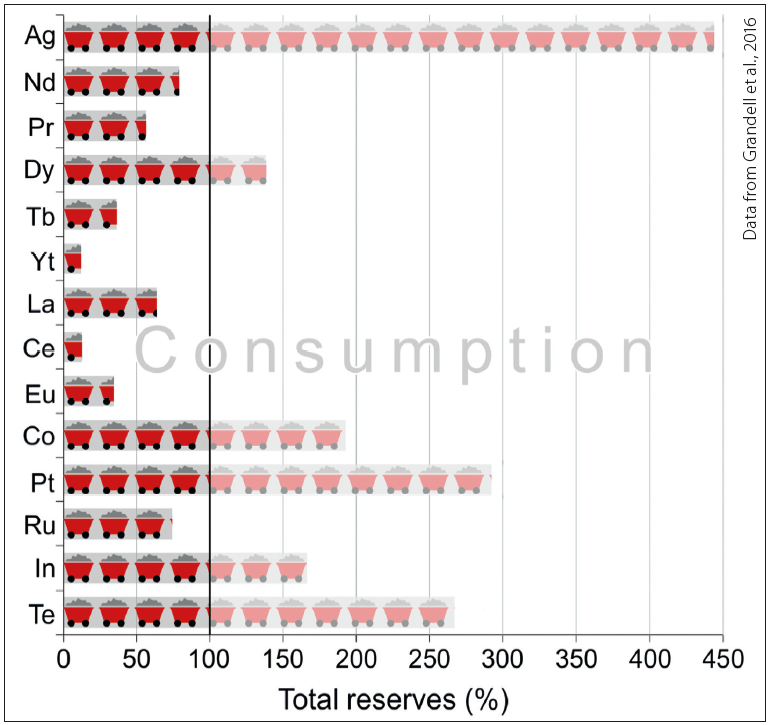
Clearly, and notwithstanding enhanced recycling and efficiencies in end usage, mining geologists are going to be busy locating these resources. This may involve deep-sea mining of cobalt crusts on seamounts, manganese nodules from the deep ocean floor, or sulphides from around hydrothermal vents. There are major environmental concerns and trade-offs to be reconciled between onshore and offshore mining before such approaches can proceed. As noted by Grandell et al., (2016): “…solar energy future projections presented in the IPCC Fifth Assessment Report do not seem to be realizable with the currently known technologies and metals resource.”
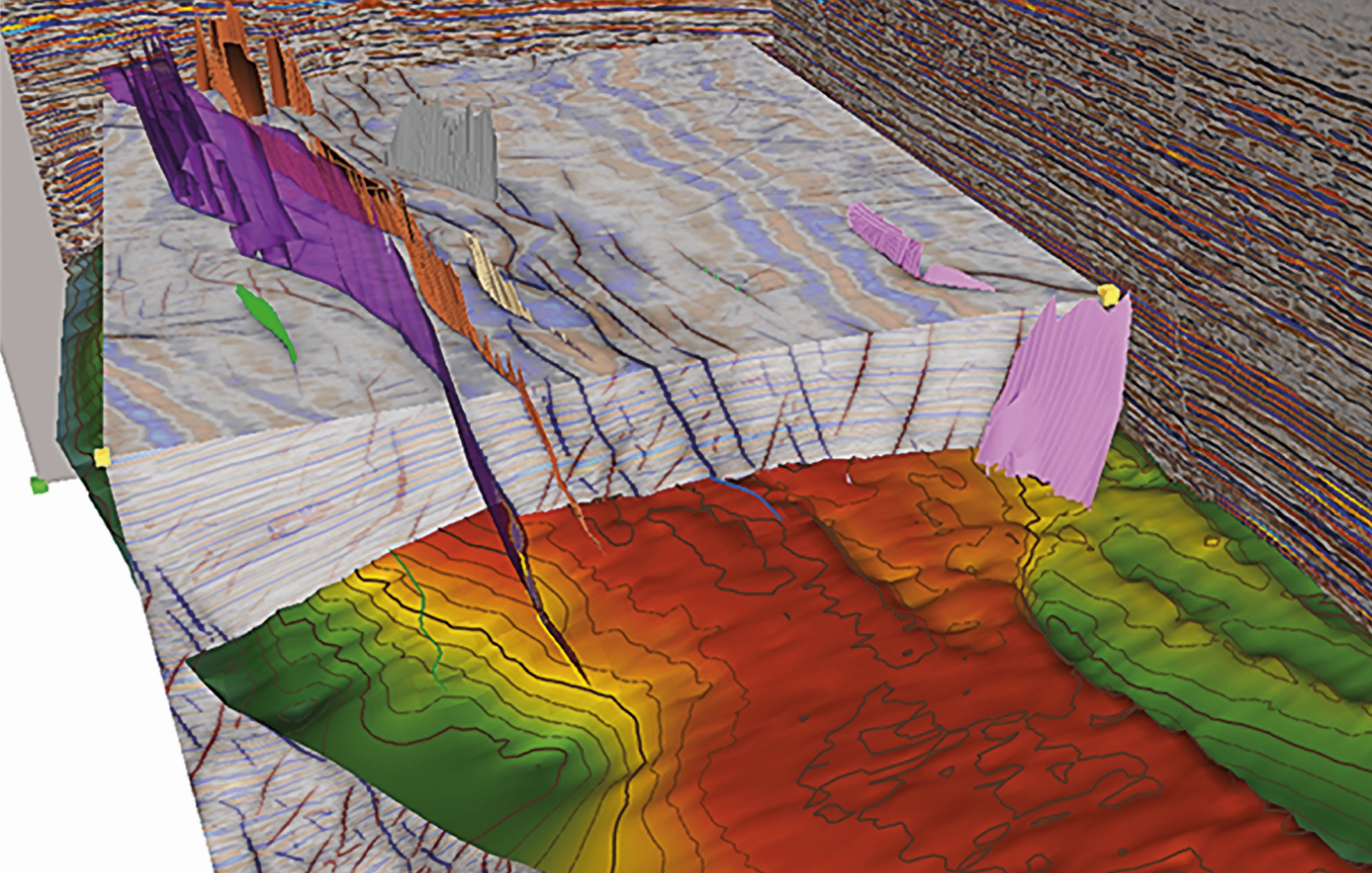
Geoscience Also Evolves
The impact of the digital data revolution on geosciences is highly significant. Computing power has accelerated in line with Moore’s Law, while data science is accelerating the pace at which routine tasks are executed. The combination of ever-increasing computing power and data science is providing new scientific insights, thereby transforming all resource industries, contributing to improved efficiency and associated environmental benefits, such as reduced emissions and reduced footprint. The future geoscientist needs to be technology and data science literate, but with a sound foundation of fundamental geoscience knowledge.
At this key time in our planet’s development there is still much to learn about processes operating in and on our Earth today compared to past activity and their implications to the evolution of life through geological time. A key area for research is Earth Systems Science, which takes a holistic approach to integrate tectonics, sedimentary systems, palaeoclimate and eustasy (Figure 5). Such approaches offer potential for modelling the effects of climate change, with current and future change being informed by comparison with identified changes in our geologic past. Geoscience research not only provides us with the potential to understand past natural atmospheric behaviour, but to use that understanding, such as can be gleaned from the Eocene warming, to calibrate our future climate models. At the same time, this provides an understanding of present natural geological contributions to the atmosphere, including CO2 from volcanism and CH4 from natural seepage, or the identification and value of natural net carbon sinks like wetlands, and the need to protect or restore them.
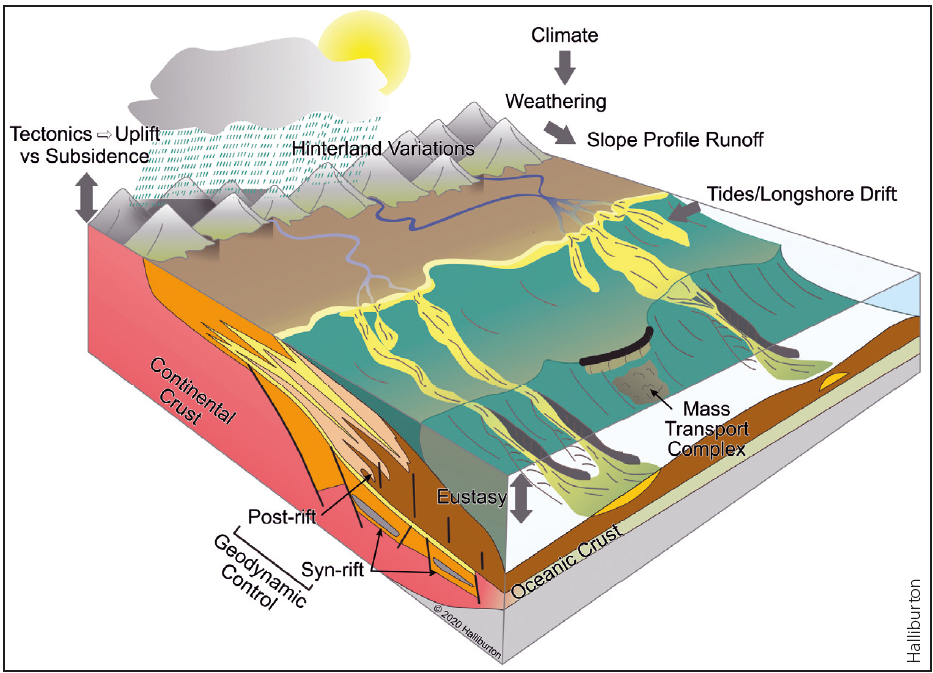
The fundamental understanding of the risks from natural hazards such as volcanism, earthquakes and tsunamis, is significant to the global population and economy. Similarly, geological study supports the selection of environmentally neutral, yet safe, holistic designs for flood protection or coastal erosion, which may be crucial to the protection of communities faced by increasing weather- related impacts of climate change.
Indeed, the role of geoscience in supporting safe urban growth and nourishment of the world’s growing population cannot be understated. The current global population of 7.8 billion is projected to rise to 9.8 billion by 2050, and 11 billion by 2100. As the global population expands, water supply is likely to be one of the major challenges societies face. Hydrogeologists are needed to locate and manage aquifers as climate evolves, and to protect them from pollutants. The monitoring of subsidence from water abstraction and associated increased flooding risk similarly highlights the critical input of hydrology.
It has, therefore, never been more relevant to study geoscience. Not only to understand the way the Earth has developed to its current state, but also to understand its future. Geoscientists have an immediate role to play in public understanding and education: society has never needed them more than now to maintain a healthy and prosperous world that meets UNESCO sustainable development goals. Consider, for example, how readily available and reliable energy has facilitated communication during the current Covid-19 crisis or how access to energy industry high performance computing centres is facilitating research into vaccines and medication.
There is an urgent need to publicise the benefits that geoscience brings to society, and to encourage a new generation to study it, in preparation for a diversity of emerging, related career opportunities. We need to send a clear message to society that we are a vital part of the solution to achieving a prosperous, yet sustainable, future for our planet.


